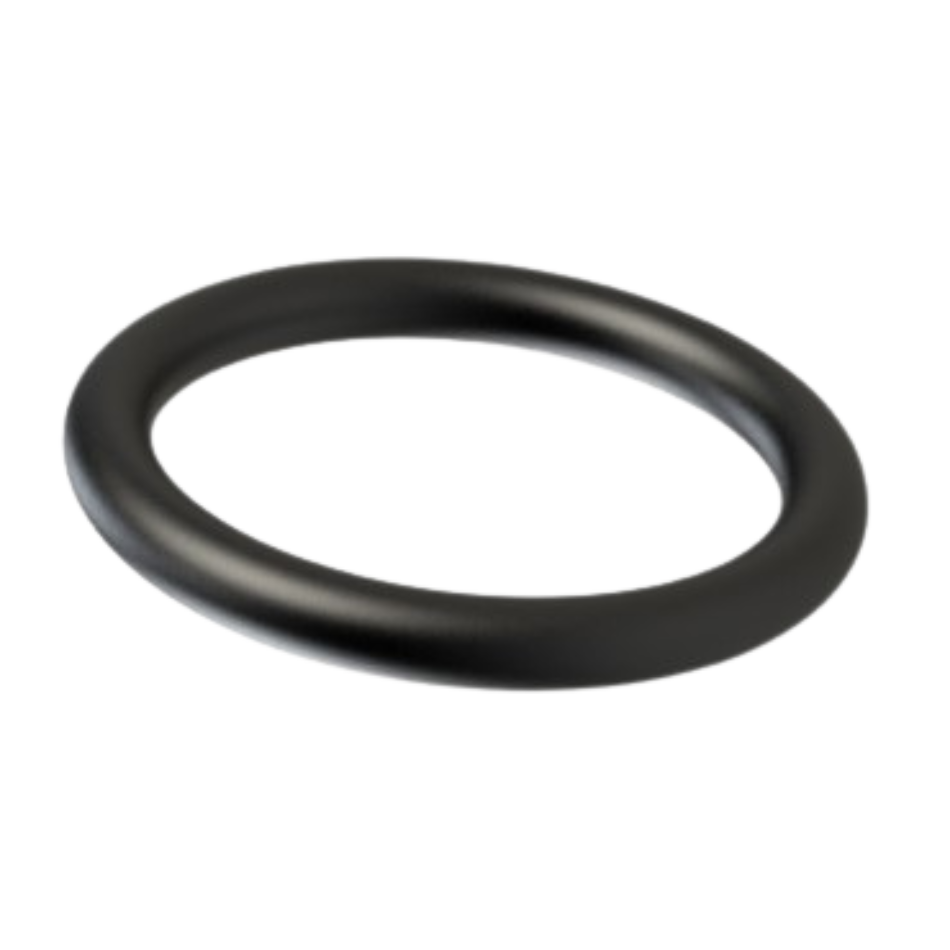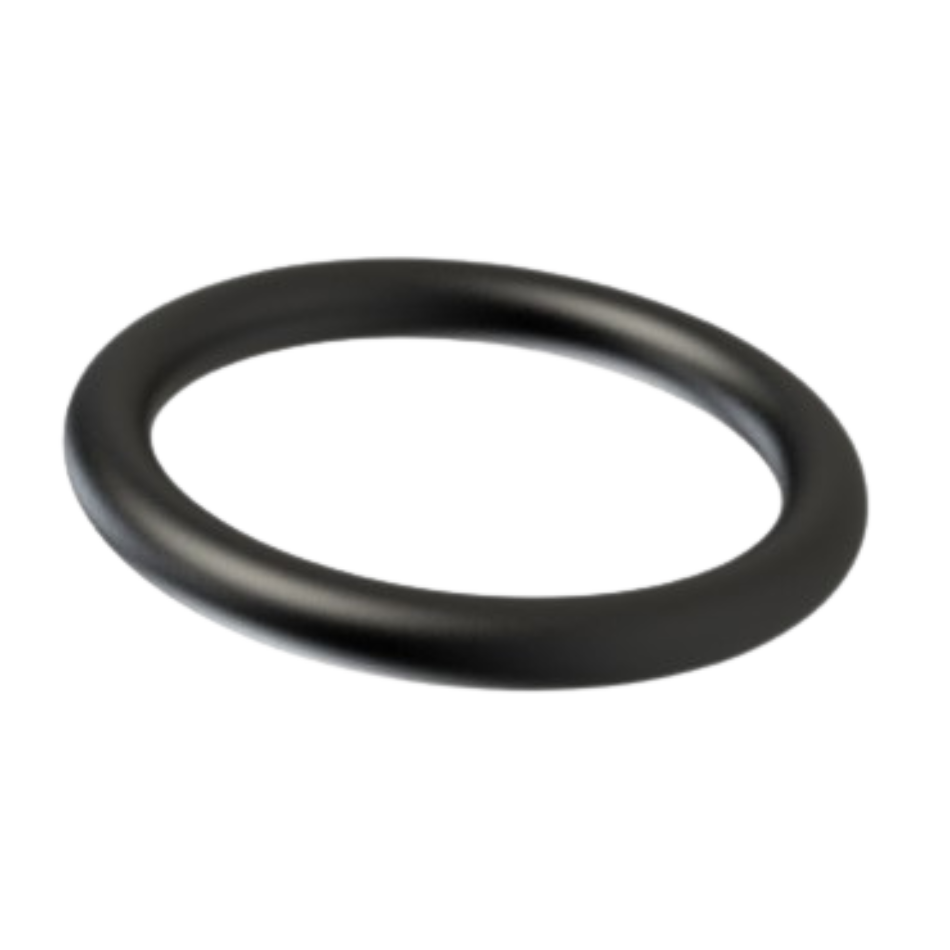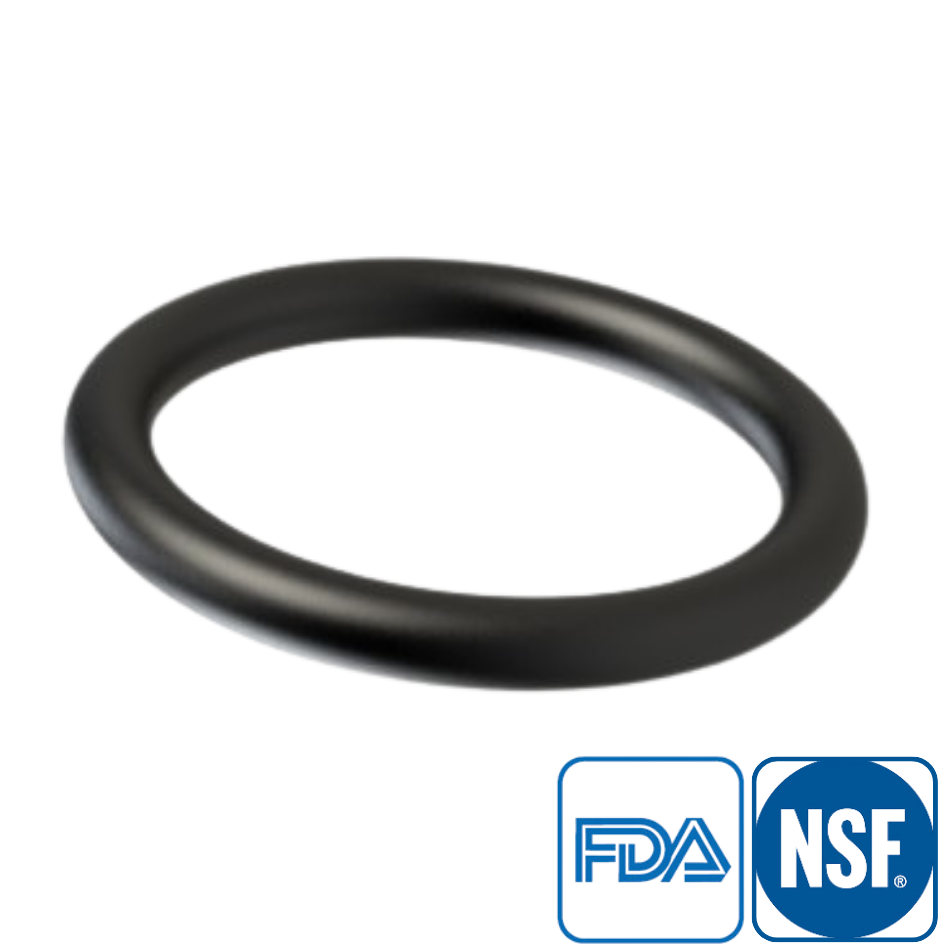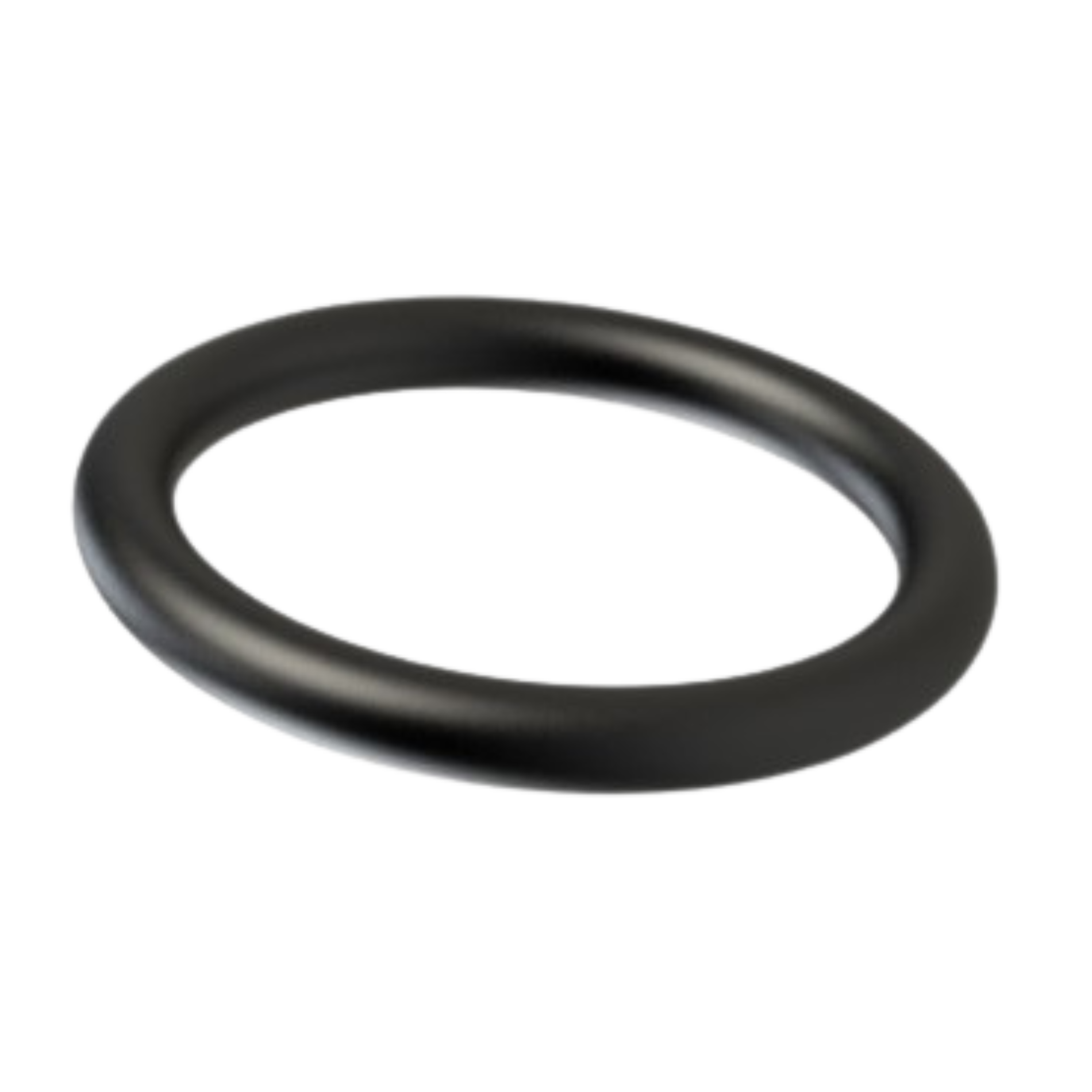An O-ring NBR is a sealing ring made from nitrile rubber (also known as Nitrile Butadiene Rubber). The NBR material is known for its excellent oil resistance, which is why these nitrile rubber O-rings are widely used in automotive applications such as engines, transmissions, and fuel systems.
The key properties of an Nitrile O-ring are its good resistance to oils, greases, and other petroleum derivatives, as well as its flexibility over a wide temperature range (from -30°C to 120°C). This makes them suitable for both low and moderate temperatures.
This O-ring NBR also exhibits good mechanical properties, including high wear resistance and tensile strength, making them durable in use. They are also used in hydraulic systems, pneumatic applications, and industrial machinery due to their reliable sealing properties and cost-effectiveness. Overall, nitrile rubber o rings are versatile and widely applied in various industries for diverse sealing applications.
Properties of an NBR O-ring
The properties of an O-ring NBR, also known as nitrile rubber o-rings, make these seals versatile and reliable for various applications. nbr o-rings offer excellent resistance to oils, fuels, and other aliphatic hydrocarbons, making them ideal for use in the automotive and aerospace industries. They have good wear resistance and mechanical properties, making them effective in dynamic applications.
An O-ring NBR can operate within a temperature range of -40°C to +120°C, which is sufficient for many industrial environments. Although they are less resistant to ozone, UV radiation, and weathering compared to other elastomers like EPDM, they offer an excellent balance between performance and cost. This makes these O-rings a popular choice for applications where oil resistance and mechanical strength are essential.
The Advantages of NBR - Nitrile O-rings
An O-ring NBR offers several advantages that make them suitable for various sealing applications. One key advantage is their excellent oil resistance, which makes NBR O-rings widely used in automotive applications such as engines, transmissions, and fuel systems.
In addition, they have a wide temperature range, typically from -30°C to 120°C, making them suitable for both low and moderate temperatures. A nitrile o-ring exhibits good mechanical properties, including high wear resistance, tensile strength, and compression set, making them durable in use.
Furthermore, an O-ring NBR is generally cost-effective and readily available in various sizes and shapes, making them a popular choice for diverse industrial and automotive sealing applications.
Applications of Nitrile Butadiene Rubber
An O-ring NBR finds broad applications in various industries due to its excellent properties. They are widely used in automotive applications, including engines, transmissions, and fuel systems of vehicles due to their good oil and temperature resistance.
Additionally, NBR O-rings are employed in hydraulic systems, pneumatic applications, and industrial machinery because of their reliable sealing properties and wear resistance. In the construction sector, an NBR O-ring is used for sealing windows, doors, and other structural elements. itrile rubber o-rings are also used in HVAC systems (heating, ventilation, and air conditioning), pumps, and valves due to their durability and cost-effectiveness.
Disadvantages of NBR O-rings
Despite the many advantages, NBR O-rings also have some disadvantages to consider. One significant drawback is their limited resistance to certain chemicals, such as acids, bases, and solvents. Prolonged exposure to such aggressive chemicals can lead to degradation of the sealing properties and material deterioration.
Additionally, an O-ring NBR has a more limited temperature range compared to some other types of rubber, with a maximum continuous operating temperature of around 120°C. This can restrict their applicability in higher temperature applications.
Finally, an NBR O-ring is sensitive to ozone and UV radiation, which can reduce the lifespan of the O-rings in outdoor applications. For applications where the O-rings are exposed to UV radiation, it would be better to choose EPDM O-rings. This is because these O-rings have better resistance to UV, Water/Moisture and Ozone.





